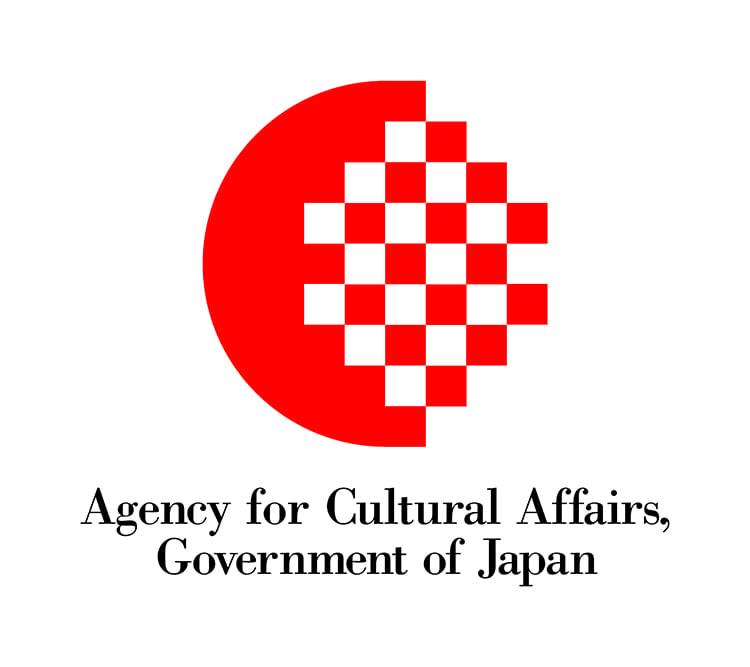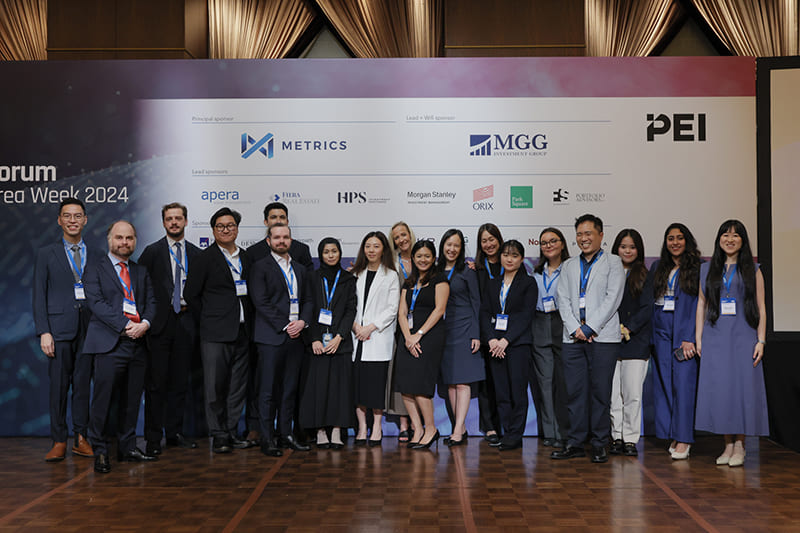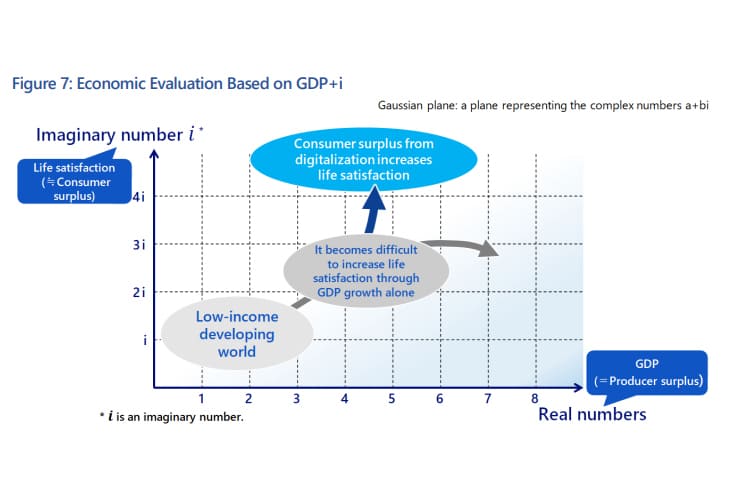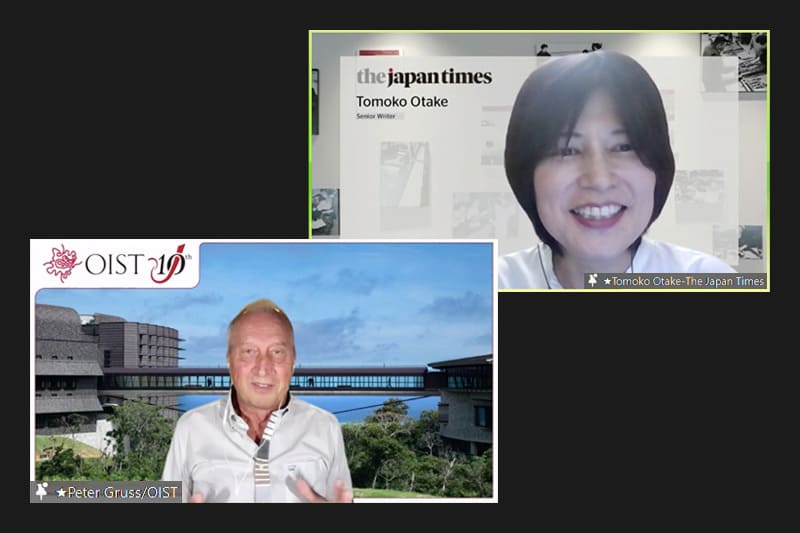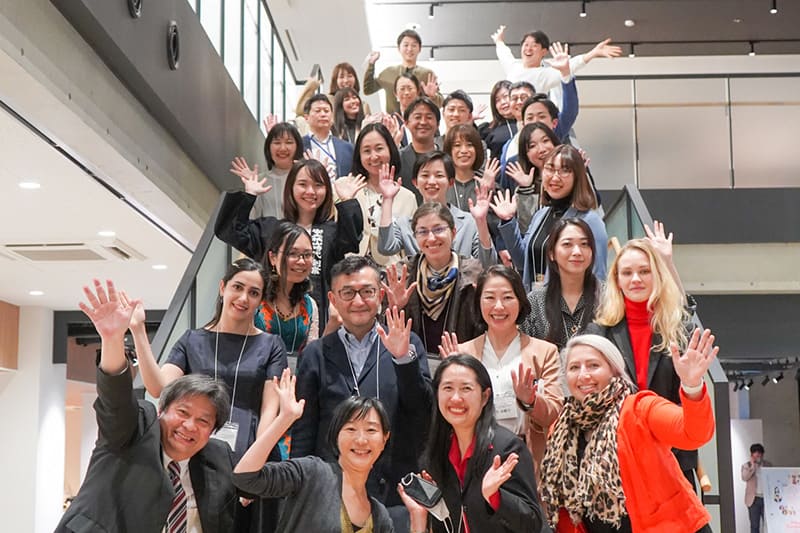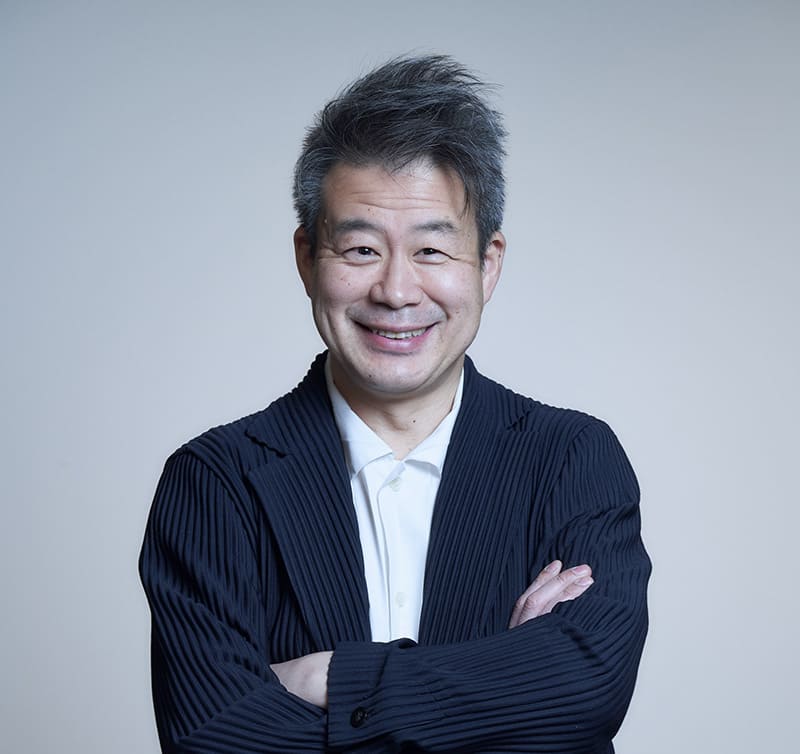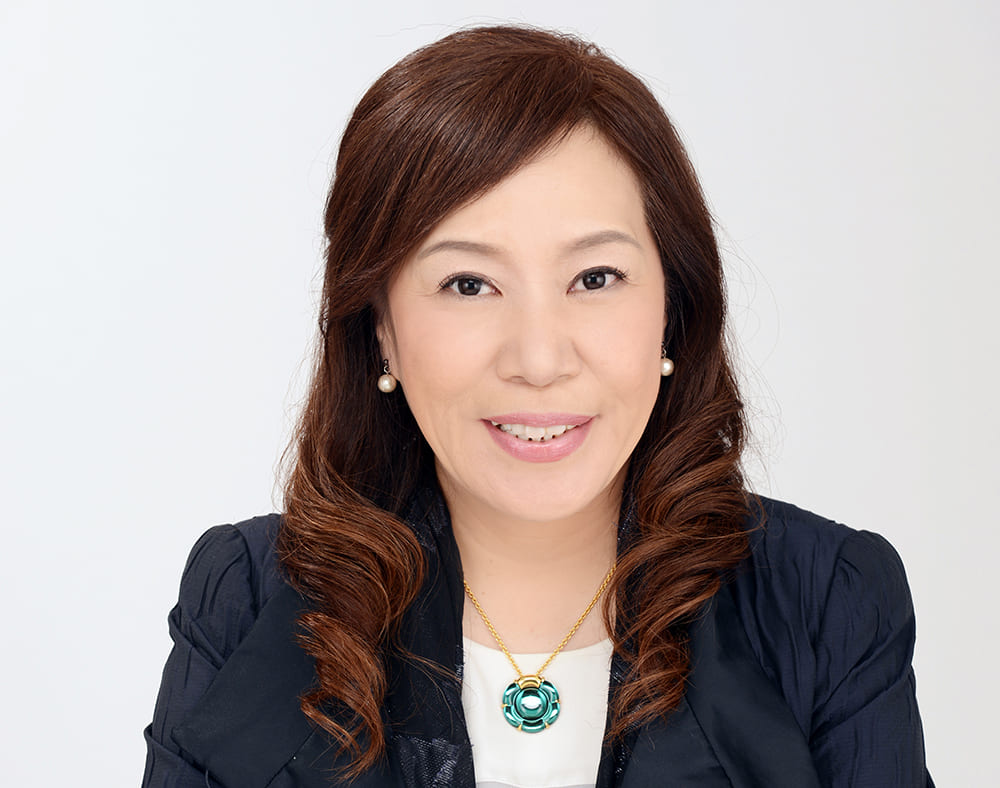February 19, 2021
How the pandemic will change artists’ spaces, choices and voices
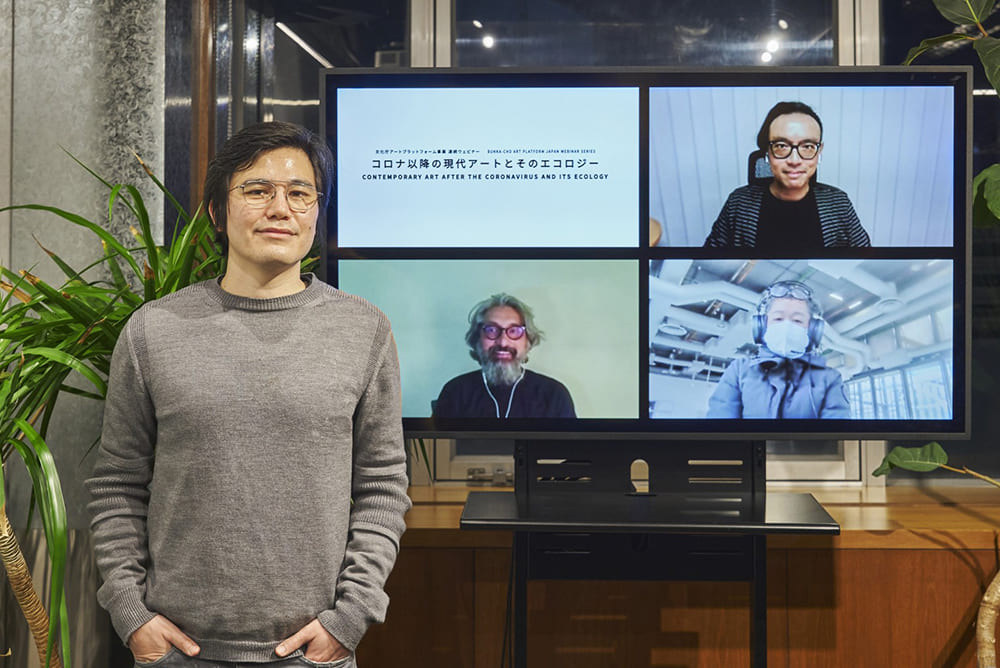
On Jan. 28, the final part of a webinar series on contemporary art after the coronavirus was hosted by the Bunka-cho Art Platform Japan, a project started by Japan’s Agency for Cultural Affairs aimed at confronting the issues faced by artists in the post-pandemic era. The webinars collectively hope to “establish a foundation for the sustainable development of the contemporary art scene in Japan” by bringing together an international group of voices from the art world. The webinar titled “Art After COVID-19: Navigating the New Critical Ecology” was moderated by Andrew Maerkle, a member of the Contemporary Art Committee Japan, and comprised of presentations by each of the three panelists and a follow-up Q&A session with discussion.
The panelists included Jeebesh Bagchi, a founding member of the Raqs Media Collective, based in New Delhi; Tzu Nyen Ho, an artist in Singapore; and Hito Steyerl, a filmmaker and theorist from Germany. All three are well-known artists, educators and critical theorists in their respective fields.
The webinar opened with the question “How has the COVID-19 pandemic affected the critical ecology of contemporary art?” and the panelists’ talks focused on three major themes: art spaces, funding and criticality.
Art spaces
While going to an art gallery may have been mainstream before the pandemic, things are changing rapidly. Online venues for art exhibitions using digital spaces like Zoom have become more commonplace, including a part of the Yokohama Triennale held in 2020. Bagchi, who was an artistic director for the Triennale, compares artists to lines converging in a digital space within which their further trajectories may be redirected due to the novel ways their art influences each other. He sees the post-pandemic era as a “shift in how education, art and economies will be practiced.”
During the height of the pandemic in Singapore, an outbreak among migrant workers living in overcrowded dormitories caused the state to quarantine the workers. Ho, himself from Singapore, introduced a video called “Waiting” he produced in collaboration with a migrant worker called Ripon Chowdhury. Lamenting the conditions there through poetry, the video is filmed in long, uninterrupted shots in an extremely confined space due to the lockdown. “Confinement is not the only subject in the video, but it did determine its form,” Ho explained. “What interests me the most is that we transformed the limitation of space into a parameter for making the final video.”
The pandemic has forced artists to grapple with new limitations and consider how they can be leveraged toward creative and critical endeavors.
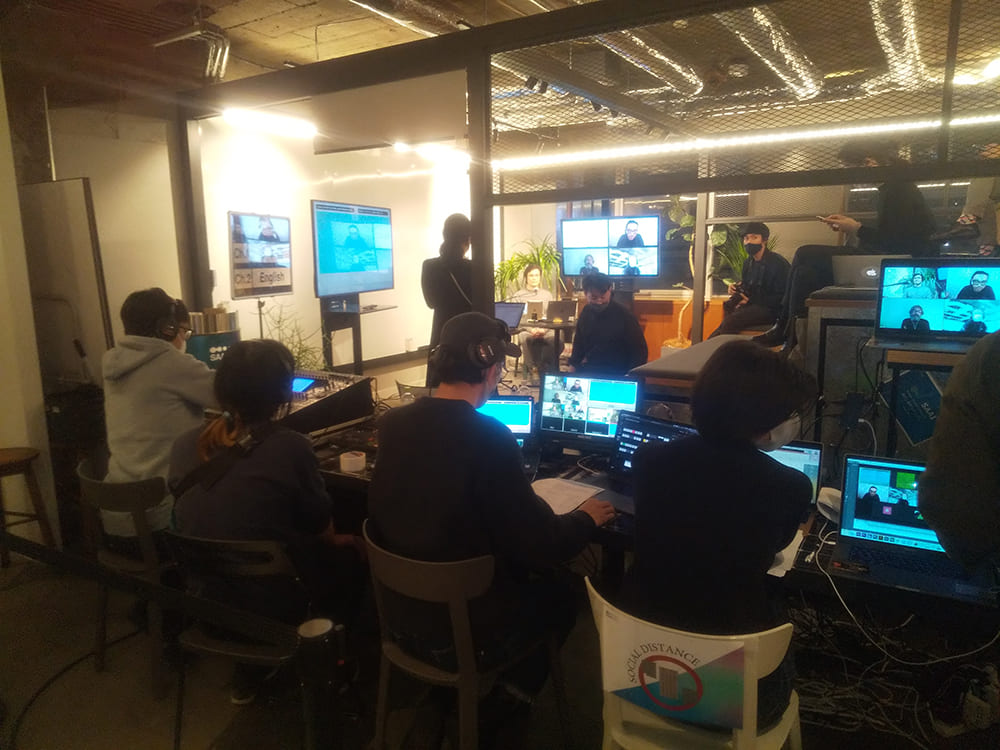
Art and funding
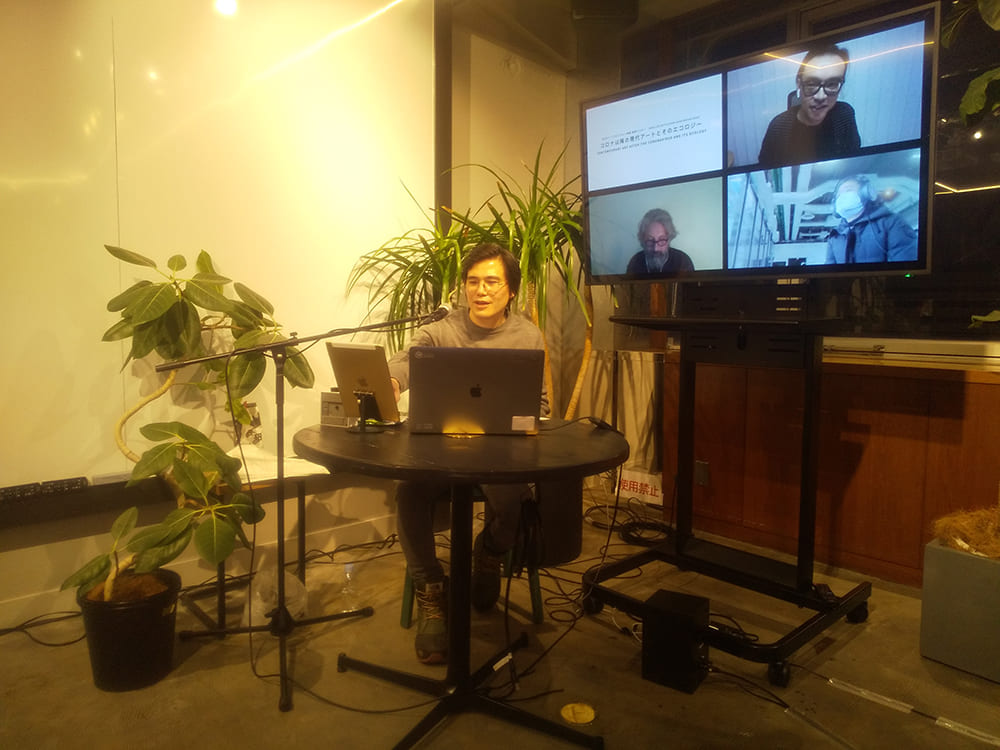
To what degree should artists rely on external funding, and in what ways can this affect an artist’s expression?
Public and private funding of art institutions is another important topic. For example, Steyerl supposes that the fire damage to the Notre Dame Cathedral in 2019 may have been partially attributable to an imbalance in proper funding.
Problems exist within the digital landscape as well. Steyerl asserts that digital spaces are “feudal” in the sense that private enterprises are in complete control of information and spaces in which artists can find a voice. Specifically, she calls for their “decolonization,” which means that public digital infrastructure needs to be created as well as guaranteeing individual sovereignty over personal data.
Bagchi echoed this view and claimed that the pandemic has confronted artists with new realities about ownership. “Twenty years ago, owning a server was central despite its high cost to maintain… but now we rely on big tech companies, and it is important to get back to the conversation of owning our own infrastructure.”
Art and criticality
“Artists do not accept institutions as they are. They are up for rethinking continuously,” Bagchi said. On criticality, he suggested that one of art’s core functions in the new ecology is to help remind us that the humanist language of continuous progress through technology has shortcomings; that “toxicity” (manifested presently as COVID-19) is and always has been an inseparable part of the human condition, whether we like it or not. At the same time, because of the pandemic and the horrors it has wrought globally, he observed, “We speak with concern for each other’s lives in a much more interesting way than I’ve ever seen before.”
Going forward, Ho warned artists against simply speaking about digital infrastructures and their problems, saying they rather should learn how to effectively use those systems to continue to speak critically.

